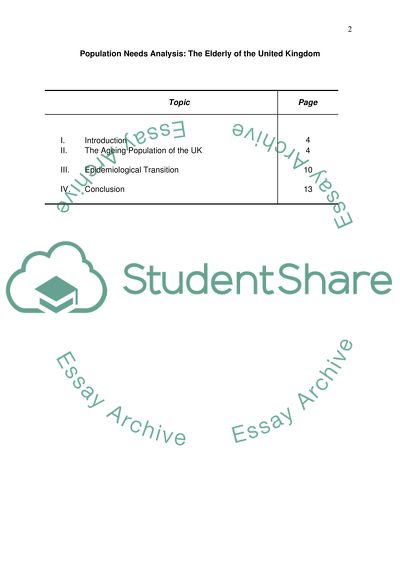Cite this document
(“The elderly of the United Kingdom Essay Example | Topics and Well Written Essays - 1750 words”, n.d.)
Retrieved from https://studentshare.org/health-sciences-medicine/1426558-the-elderly-of-the-united-kingdom
Retrieved from https://studentshare.org/health-sciences-medicine/1426558-the-elderly-of-the-united-kingdom
(The Elderly of the United Kingdom Essay Example | Topics and Well Written Essays - 1750 Words)
https://studentshare.org/health-sciences-medicine/1426558-the-elderly-of-the-united-kingdom.
https://studentshare.org/health-sciences-medicine/1426558-the-elderly-of-the-united-kingdom.
“The Elderly of the United Kingdom Essay Example | Topics and Well Written Essays - 1750 Words”, n.d. https://studentshare.org/health-sciences-medicine/1426558-the-elderly-of-the-united-kingdom.


